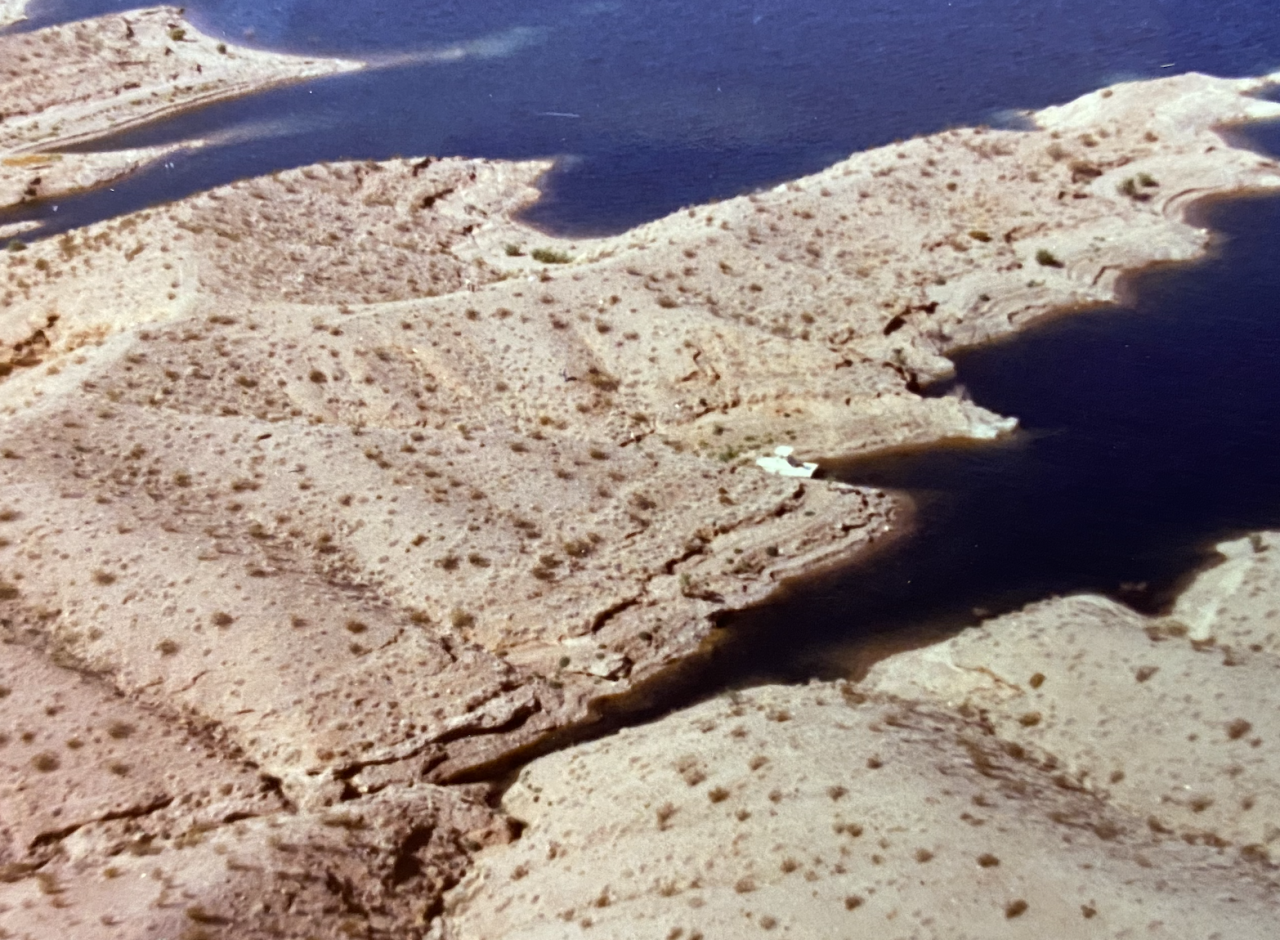MOHAVE COUNTY, AZ — This episode of Arizona Crime Uncovered follows the story of two Jane Does who were both found dead in Mohave County decades ago.
Their cases are separate—one from 1981 and the other from 1975—but both women share the same placeholder name. Despite the efforts of Sheriff’s Office Investigator Lori Miller, the identities of both women remain a mystery.
Watch part of this episode of Arizona Crime Uncovered in the player above. Catch the full show on the ABC15 Streaming App Fridays at 8:30 p.m.
Miller hopes that by sharing their stories, someone will provide the key piece of information needed to reveal their identities and push for justice. ABC15 also spoke with Othram, a lab based in the Houston area that has assisted Mohave County with Doe cases, including these two. The lab explained how it uses new technology to help solve decades-old cases.
Jane Doe One
Investigator Miller has been working on this case with the Sheriff’s Office Special Investigative Unit since 2022. To humanize her Jane Doe cases, Miller often gives them nicknames. This specific Doe, found in October 1981, is called "Lake Mead Maeve."
Miller estimates she was in her late 20s to early 30s when she was discovered.

"Two campers who were camping in a cove off of Lake Mead saw two legs sticking out of a shallow grave as they hiked around the corner," said Miller.
Tragically, the woman was four months pregnant with a girl. Her cause of death was blunt force trauma, but investigating these cases decades ago relied on limited evidence.

Arizona Crime Uncovered is an ABC15 series dedicated to raising awareness for victims still waiting for justice and providing an in-depth look at ongoing cases.
Each episode breaks down the timeline of a case, its current status, and any assistance needed from the community. Learn more here.
"We actually resubmitted fingerprints," said Miller. "Once again, that's all they did back then in the '80s. No hits in 2022 on her fingerprints."
The Sheriff’s Office exhumed Jane Doe One and her baby in March 2023 to seek help from Othram. Through testing, they were able to learn some clues about Jane Doe One's life and connections outside of Mohave County, but still, they've hit a roadblock in the investigation.
"She's first-generation from Ireland, so we even reached out to Ireland," said Miller. "We contacted Interpol in Washington and issued what is called a 'black notice.' They put out a black notice to Ireland to find out if there were any missing women, especially pregnant women."
However, Miller said they have not received a response, and their attempts to obtain a DNA profile for the baby in hopes of identifying the father were unsuccessful.
"She had an unusual Celtic cross and a ring that were recovered as pieces of jewelry," said Miller.

Identifying Jane Doe One and her baby is a crucial aspect of these cases.
"If we could just identify her, then we can work backward," said Miller.
That is the focus of this case and another Jane Doe found in 1975 when she was possibly just a teenager.
Jane Doe Two
The Mohave County Sheriff’s Office knows the desert in their area can easily hold secrets.
"The Sheriff’s Office covers all of northern Arizona, southern Utah, Bullhead City, Lake Havasu, Kingman," said Sgt. John Kole. "It's a large area with a lot of wide-open desert between those locations."
Miller hopes to find just one clue that could help her learn more about the second Jane Doe.
"In 1975, she was between 16 and 20 years old — just a little girl," said Miller. "I assume she was hitchhiking because she was found decomposed off of Highway 93..."

Miller said Jane Doe Two was discovered near a rest stop around mile marker nine. Miller fondly calls the young woman "Rest Stop Rita." A camper in the area found her body, but it had been there for so long that the sheriff's office couldn't determine her cause of death.
"Young girl, 5 feet, 3 inches, 120 pounds," said Miller. "The only evidence we have to go on is her clothing and jewelry. She was wearing a choker — a little beaded choker like they used to wear back then — and a little ring."
Those items serve as tiny pieces of the puzzle that Miller hopes someone will recognize.
"That's all that we really have to go on," said Miller. "We have to work backward. We need to identify her to figure out how she came to be where she was found. Did she hitchhike with somebody?"
Newspaper clippings from that time describe parents all over the county contacting the sheriff’s office, wondering if the young woman was their loved one. Investigators at the time believed she had been in the wash area where she was found for over a month.
Miller told ABC15 that since she's been working with Mohave County, they have successfully identified 16 Jane and John Does through a combination of prints and DNA.
"I just tell people that, you know, in Mohave County, we haven't forgotten you," said Miller. "We haven't forgotten your loved ones, and we're still trying to figure out what happened to them in this county."
Unlocking clues using new technology
Both Jane Doe cases were sent to Othram's Houston lab in an effort to identify "Rest Stop Rita" and "Lake Mead Maeve."
"Ultimately, we are providing investigators with new investigative leads that they otherwise wouldn't have to hopefully bring resolution to cases," said Othram's Director of Case Management Michael Vogen.
Othram's lab and testing have helped departments across the country solve cases, including some in Mohave County.
"I would say they're one of the more active agencies in the country, and we have quite a few active ones," said Vogen.
One of the Does they helped identify was Colleen Rice. MCSO told ABC15 that the 39-year-old woman was found dead in a canvas sack in 1971. She was left in the desert near Highway 93. Over 50 years later, in 2023, Rice was successfully identified.
"So we exclusively work with law enforcement, coroners, and medical examiners to basically figure out DNA from a crime scene," said Vogen. "In a lot of the cases like we’re doing with Mohave, it can be unidentified human remains, and that’s all we do. We built a complete end-to-end forensic process that enables us to collect a ton of data from the DNA that's sent in. Compared to traditional DNA testing, which looks at about 20 to 24 markers of DNA, we're analyzing hundreds of thousands, upwards to a million markers of DNA."
This can then be used to create profiles for forensic genetic genealogy or distant relationship testing.
With both cases now in Othram's hands, Miller is waiting for a match through genetic genealogy. In the meantime, she hopes someone hears the stories of these two Jane Does and the work she has done on their cases. She believes someone out there might recognize their jewelry or recall the details her unit has and provide her team with the key to uncovering who they are and what happened all those years ago.
For both these women, they’ve spent decades sharing the same name. Miller hopes to change that.
If you have any information about either case, you're asked to call the SIU Detectives at 928-753-0753 ext. 4408.


